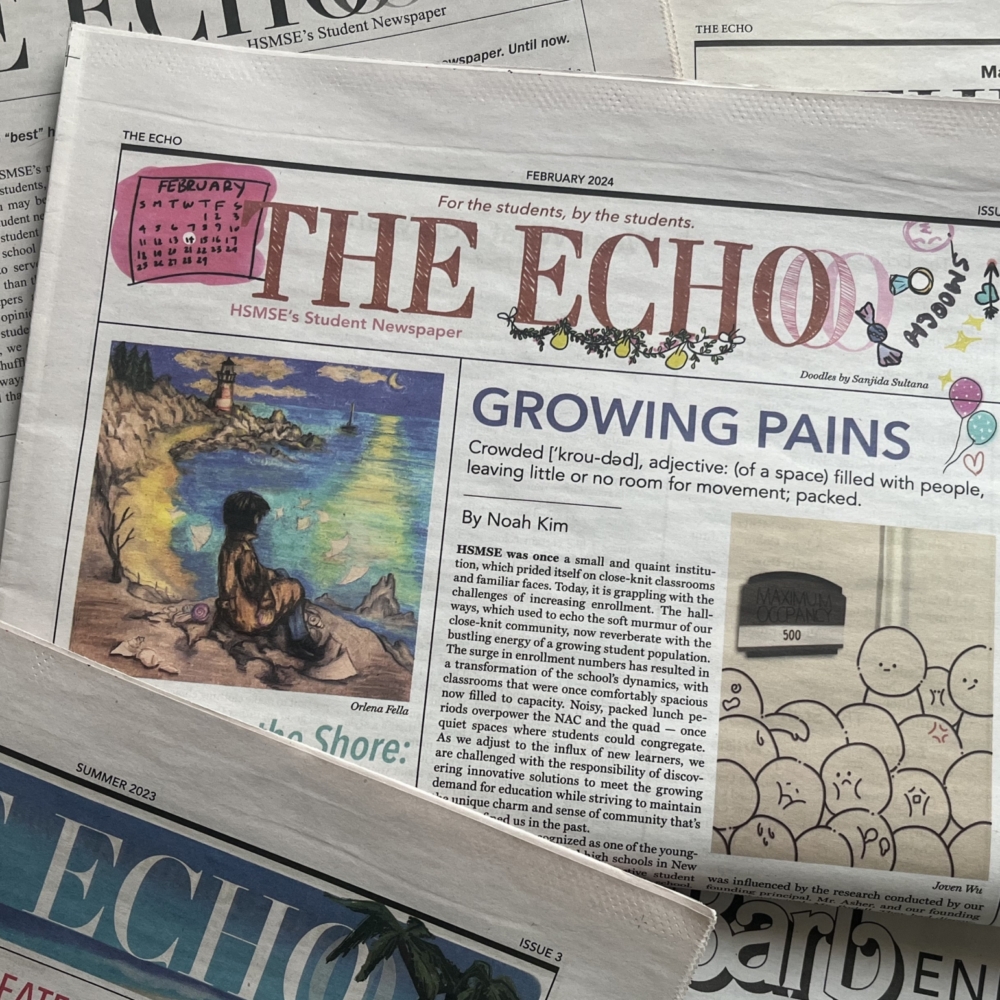The 5-Minute Rule for News Articles
The 5-Minute Rule for News Articles
Blog Article
The 10-Minute Rule for News Articles
Table of ContentsNews Articles for DummiesThe Ultimate Guide To News ArticlesSome Known Details About News Articles Fascination About News ArticlesHow News Articles can Save You Time, Stress, and Money.
Excellent understanding of various subjects offers trainees an affordable edge over their peers. Also though digital and social media are readily obtainable, we need to not neglect exactly how important it is to check out the papers. Moms and dads must try and instill the practice of reviewing a newspaper as a day-to-day routine to continue the legacy of the revered print medium.Information stories also consist of at the very least one of the following vital features relative to the desired audience: closeness, prominence, timeliness, human interest, anomaly, or consequence.
Within these limits, newspaper article additionally aim to be extensive. Various other variables are included, some stylistic and some acquired from the media form. Among the bigger and extra highly regarded papers, justness and equilibrium is a significant consider offering info. Commentary is typically confined to a different area, though each paper may have a various general slant.
Papers with a worldwide target market, for example, have a tendency to use a more formal design of writing. News Articles.; typical style guides consist of the and the United States News Design Publication.
Unknown Facts About News Articles
As a regulation, reporters will not make use of a long word when a brief one will do. Information authors attempt to prevent utilizing the same word more than once in a paragraph (in some cases called an "echo" or "word mirror").
However, headings often leave out the subject (e.g., "Jumps From Boat, Catches in Wheel") or verb (e.g., "Pet cat female lucky"). A subhead (additionally subhed, sub-headline, subheading, subtitle, deck or dek) can be either a subservient title under the main headline, or the heading of a subsection of the article. It is a heading that comes before the main message, or a team of paragraphs of the major text.

Extra signboards of any of these types may appear later in the short article (particularly on subsequent pages) to entice more analysis. Such billboards are additionally used as reminders to the short article in various other sections of the magazine or site, or as advertisements for the piece in other publication or websites. Typical framework with title, lead paragraph (recap in bold), other paragraphs (information) and contact information.
Instance of a my website hard-lead paragraph NASA is suggesting one more space job. The company's budget demand, revealed today, included a strategy to send out an additional objective to the Moon. This time the firm wishes to develop a lasting center as a jumping-off place for other room experiences. The budget demands roughly $10 billion for the task.
An "off-lead" is the second most crucial front web page information of the day. To "hide the lead" is to start the write-up with background details or details of additional relevance to the readers, requiring them to read even more deeply into an article than they need to have to in order to uncover the essential factors.
The 5-Minute Rule for News Articles
Typical use is that one or 2 sentences each form their own paragraph. Journalists typically explain the organization or structure of a newspaper article as an upside down pyramid. The essential and most fascinating components of a tale are placed at the beginning, with supporting information complying with in order of decreasing importance.
It allows people to discover a subject to just the deepness that their inquisitiveness takes them, and without the imposition of details or nuances that they could consider unnecessary, however still making that information readily available to more interested readers. The upside down pyramid framework also enables articles to be trimmed to any arbitrary length during layout, to fit in the space available.
Some writers begin their stories with the "1-2-3 lead", yet there are numerous type of lead available. go now This format inevitably starts with a "Five Ws" opening up paragraph (as explained above), complied with by an indirect quote that serves to sustain a significant aspect of the first paragraph, and afterwards a direct quote to sustain the indirect quote. [] A kicker can describe numerous things: The last story current broadcast; a "delighted" tale to finish the show.
Longer posts, such as magazine cover posts and the pieces Resources that lead the inside sections of a paper, are known as. Attribute tales vary from straight news in several ways. Foremost is the absence of a straight-news lead, most of the time. Rather of providing the essence of a story up front, function authors might try to lure readers in.
Some Ideas on News Articles You Should Know
A feature's very first paragraphs usually connect an interesting minute or event, as in an "unscientific lead". From the details of a person or episode, its view quickly expands to generalities concerning the tale's topic.

The Editor's Tool kit: A Reference Overview for Beginners and Professionals (2001) Allan M. Siegal and William G. Connolly. The New York Times Handbook of Design and Use: The Official Design Guide Made Use Of by the Writers and Editors of the World's Most Authoritative Paper (2002) M. L. Stein, Susan Paterno, and R.
Report this page